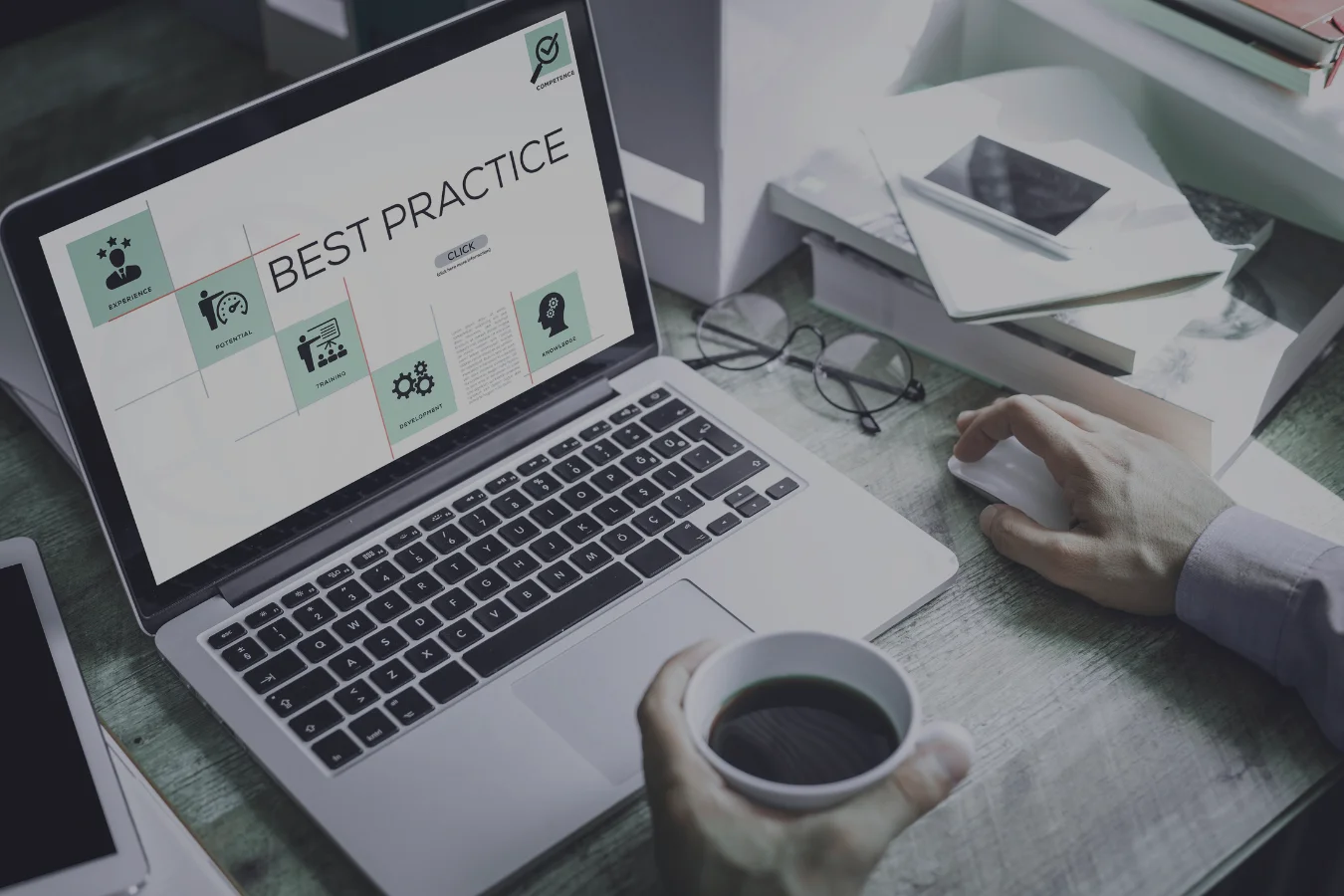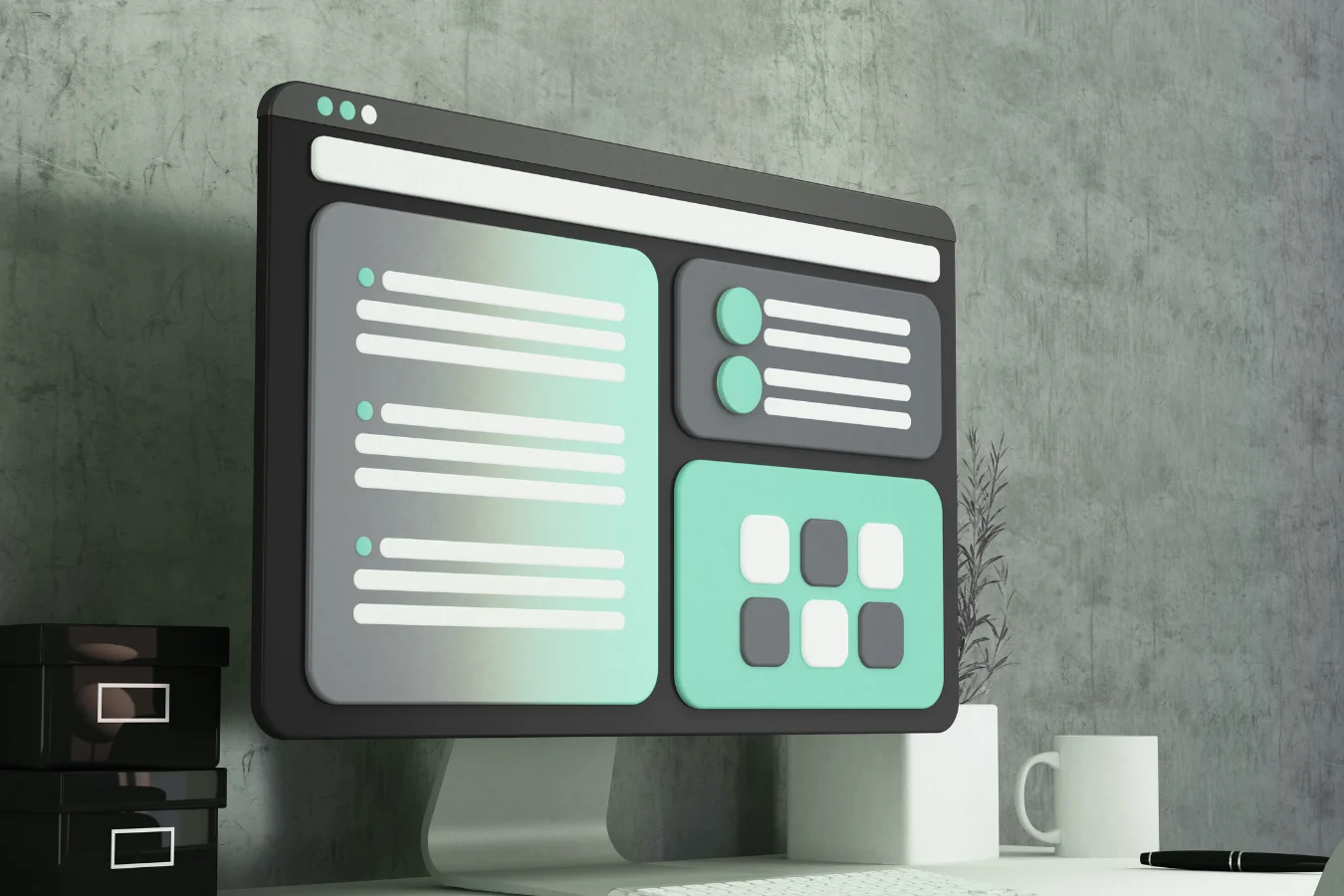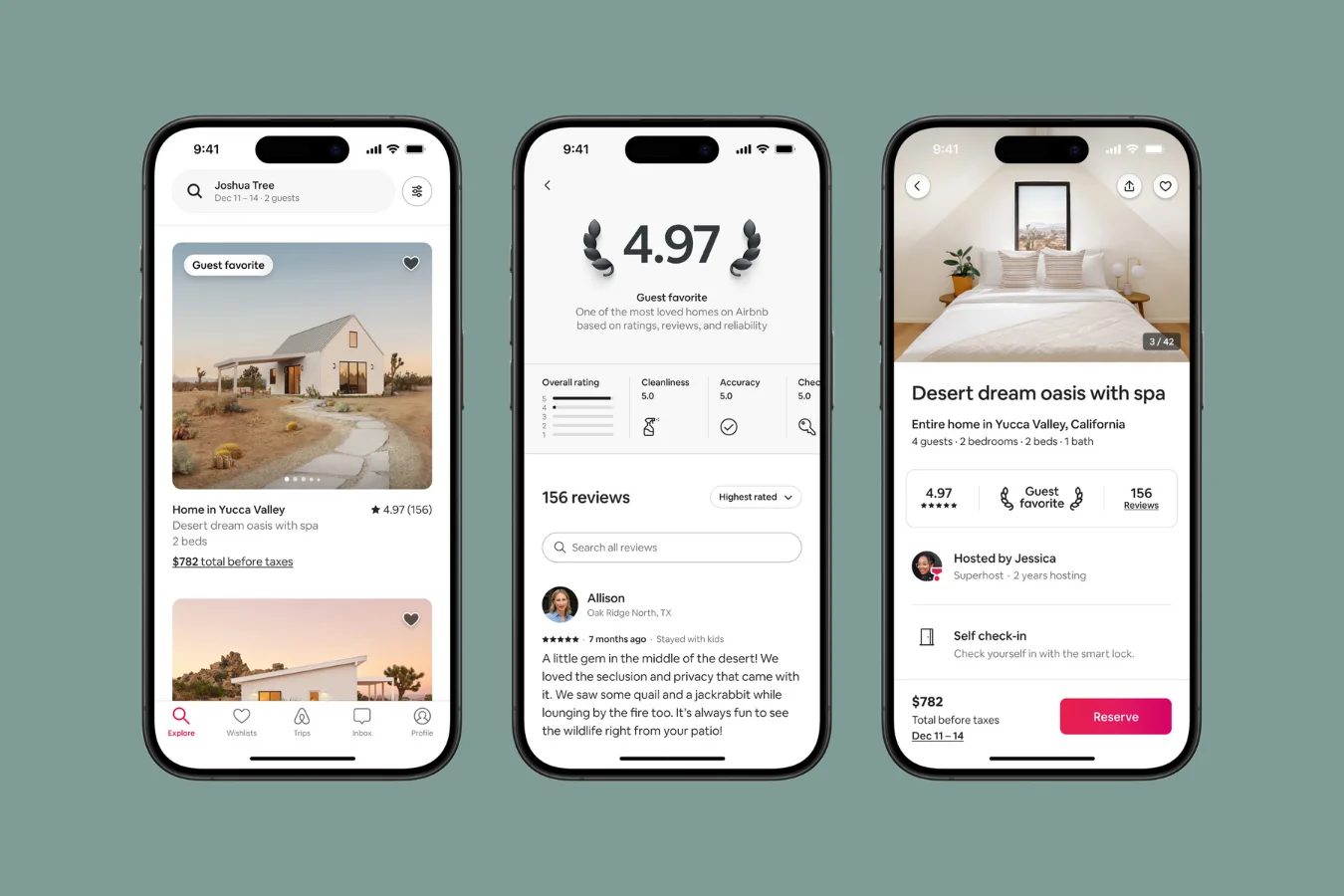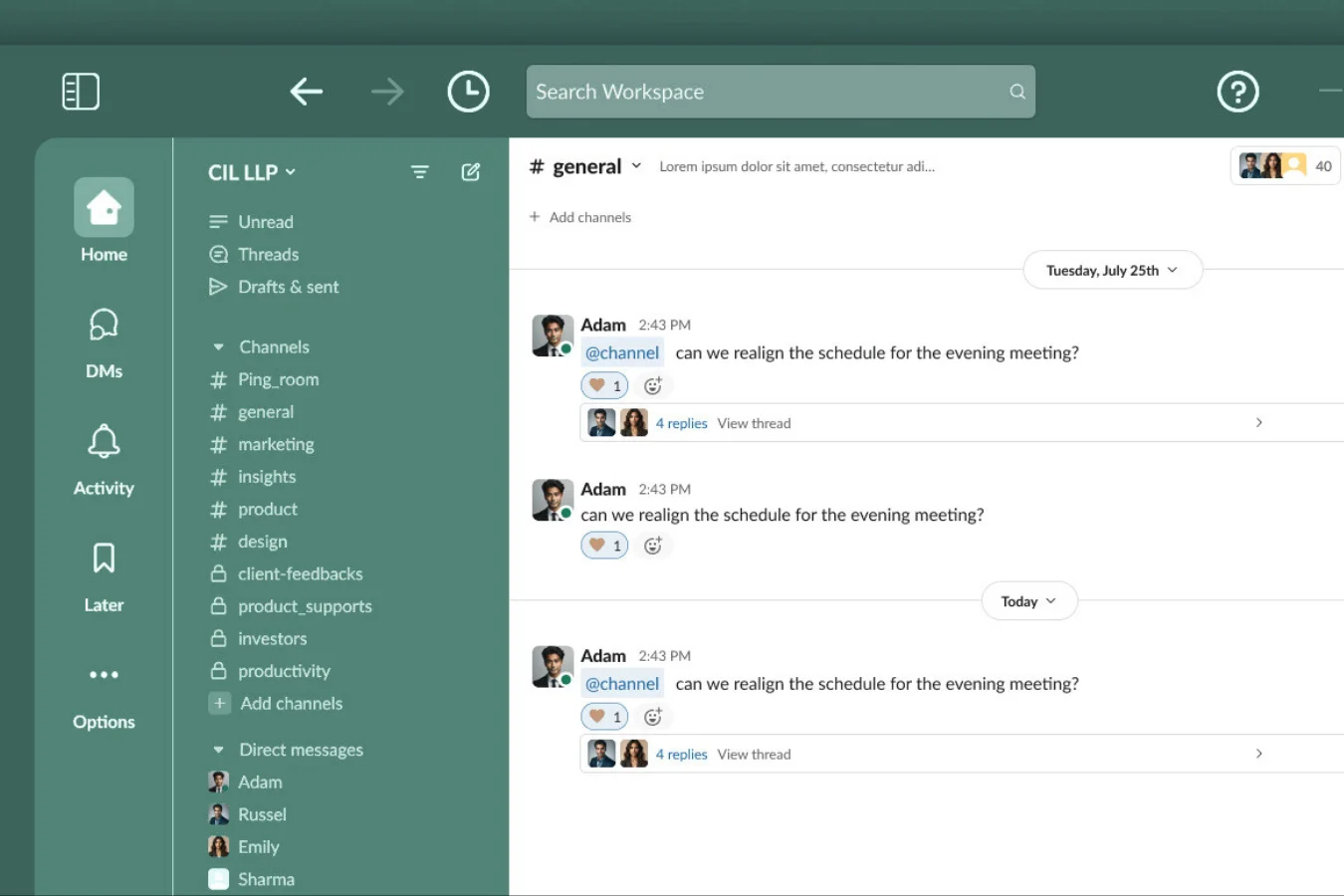In-App Purchases vs Ads: Which Strategy is Best?
You’ve created your app, and people are starting to download,...
We use cookies for our website to give you the most relevant experience by remembering your preferences. By clicking “accept”, you consent to use of ALL the cookies
This website uses cookies to improve your experience while you navigate through the website. Out of these, the cookies that are categorized as necessary are stored on your browser as they are essential for the working of basic functionalities of the website. We also use third-party cookies that help us analyze and understand how you use this website. These cookies will be stored in your browser only with your consent. You also have the option to opt-out of these cookies. But opting out of some of these cookies may affect your browsing experience.
Necessary cookies are absolutely essential for the website to function properly. These cookies ensure basic functionalities and security features of the website, anonymously.
| Cookie | Duration | Description |
|---|---|---|
| cookielawinfo-checkbox-functional | 11 months | This cookie is set by GDPR Cookie Consent plugin. The cookie is used to store the user consent for the cookies in the category “Analytics”. |
| cookielawinfo-checkbox-functional | 11 months | The cookie is set by GDPR cookie consent to record the user consent for the cookies in the category “Functional”. |
| cookielawinfo-checkbox-necessary | 11 months | This cookie is set by GDPR Cookie Consent plugin. The cookies is used to store the user consent for the cookies in the category “Necessary”. |
| cookielawinfo-checkbox-others | 11 months | This cookie is set by GDPR Cookie Consent plugin. The cookie is used to store the user consent for the cookies in the category “Other. |
| cookielawinfo-checkbox-performance | 11 months | This cookie is set by GDPR Cookie Consent plugin. The cookie is used to store the user consent for the cookies in the category “Performance”. |
| viewed_cookie_policy | 11 months | The cookie is set by the GDPR Cookie Consent plugin and is used to store whether or not user has consented to the use of cookies. It does not store any personal data. |
Functional cookies help to perform certain functionalities like sharing the content of the website on social media platforms, collect feedbacks, and other third-party features.
Performance cookies are used to understand and analyze the key performance indexes of the website which helps in delivering a better user experience for the visitors.
Analytical cookies are used to understand how visitors interact with the website. These cookies help provide information on metrics the number of visitors, bounce rate, traffic source, etc.
Advertisement cookies are used to provide visitors with relevant ads and marketing campaigns. These cookies track visitors across websites and collect information to provide customized ads.
Other uncategorized cookies are those that are being analyzed and have not been classified into a category as yet.
Cyberia Tech, Inc. respects your privacy. This Privacy Policy explains how we collect, use, and share your information. By using our services, you agree to this policy. If any other agreements conflict with this Privacy Policy, the terms of those agreements prevail.
Cyberia Tech complies with the EU-US and Swiss-US Privacy Shield Frameworks for handling personal data from the EEA, UK, and Switzerland. In case of any conflict, the Privacy Shield Principles prevail. Learn more at Privacy Shield. Key Definitions
Information linked to an individual, transferred from the EEA, UK, or Switzerland to the U.S.
Data revealing race, religion, health, sexual orientation, and similar categories.
Effective Date: [ 2025 / 11 / 29 ]
Welcome to The Cyberia Tech ! By accessing or using our website or services, you agree to
comply with and be bound by these Terms of Use and our Privacy Policy. If you do not agree with
these terms, please do not use our Services.
Loading
0 %

Imagine launching a software product that gains massive popularity overnight. Sounds like a dream, right? But what if that sudden surge in users leads to crashes, slow load times, and a frustrating experience? Many promising applications fail at scale, not because of weak backend infrastructure alone, but due to poor UX in scalable software.
Scalability isn’t just about handling more users, it’s about maintaining a seamless, intuitive experience as the software grows. When UX is overlooked in the early stages, companies often struggle with usability issues, system inefficiencies, and high churn rates down the road. A well-designed UX not only improves user retention but also enhances performance, making it easier for software to scale without compromising functionality.
In this article, we’ll explore the crucial role of UX in building scalable software, best practices to follow, and how UX and engineering teams can collaborate to create systems that grow effortlessly.

In today’s fast-paced digital world, software applications must be built to handle growth. Whether it’s an e-commerce platform preparing for a holiday rush or a social media app experiencing viral success, scalability ensures that the software can manage increasing user demand without crashing or slowing down. But scalability isn’t just about backend architecture, it also heavily depends on UX in scalable software.
A scalable software system is designed to adapt to a growing number of users, transactions, and data, all while maintaining high performance. Poor UX can create bottlenecks, leading to user frustration, increased support tickets, and a drop in engagement. On the other hand, a well-planned user experience (UX design) helps prevent these issues by ensuring smooth navigation, optimized workflows, and intuitive interactions, even as traffic increases.
A scalable system isn’t just about technology—it’s about ensuring a seamless user-centered design that supports both current and future users. In the next section, we’ll dive deeper into how UX impacts scalability and why it should be a top priority from day one.

As software grows, so do its challenges—slower load times, cluttered interfaces, and frustrated users. A scalable system must tackle increasing technical demands while maintaining a smooth, engaging experience. This is why UX in scalable software is a cornerstone of long-term success.
A well-crafted UX strategy minimizes friction and optimizes performance, keeping users satisfied even as the platform expands. By streamlining user flows, unnecessary steps are eliminated, reducing strain on both users and backend systems. Clear and intuitive navigation, backed by solid information architecture, prevents bottlenecks and ensures that users can quickly find what they need.
In addition, a robust responsive design guarantees a seamless experience across desktops, tablets, and mobile devices. Embracing accessible design principles—such as readable fonts, keyboard navigation, and screen reader support—broadens the user base and makes the software inclusive. Maintaining a consistent experience through a comprehensive design system further reduces cognitive load, ensuring that new features and updates integrate effortlessly.
Consider the case of Slack: by prioritizing user-centered design, usability testing, and performance-driven UX, Slack evolved from a small team tool into an enterprise platform without sacrificing the quality of its user experience.
In essence, focusing on UX from the outset enables companies to build scalable software that not only meets technical demands but also keeps users happy and engaged as it grows.

A well-designed UX in scalable software ensures that as a platform grows, it remains efficient, intuitive, and enjoyable to use. Without careful UX planning, expanding software can become cluttered, slow, and difficult to navigate.
One of the key factors in scalability is user-centered design. Understanding how users interact with the software helps create an experience that adapts to their needs over time. Regular usability testing and feedback collection ensure that growth doesn’t come at the cost of usability.
Consistency is another crucial element. A design system with reusable components keeps the interface unified even as new features are introduced. Without it, updates can feel disconnected, leading to confusion and a fragmented experience.
Performance also plays a major role in UX-driven scalability. Heavy UI elements and unoptimized visuals can slow down an application, frustrating users and increasing load times. Implementing performance-driven UX, such as lightweight design elements and smart loading techniques, ensures a smooth experience even as user traffic increases.
Finally, accessibility must be built into the foundation of scalable software. A system designed for all users—including those with disabilities—expands its reach and ensures long-term adaptability. Thoughtful use of high-contrast visuals, clear navigation, and scalable UI components helps create an inclusive experience that grows with the platform.
When UX is approached strategically, software can scale without sacrificing usability. In the next section, we’ll explore how UX and engineering teams can work together to build truly scalable solutions.

Building scalable software isn’t just about having great UX or strong engineering—it’s about aligning both. When UX designers and developers work together effectively, they create seamless, scalable experiences that balance usability with technical efficiency.
A successful UX in scalable software approach starts with early collaboration. Designers and engineers should work side by side from the planning stage to ensure that the user experience is not only intuitive but also feasible to implement efficiently. Clear communication helps prevent redesigns, reduces technical debt, and ensures a smooth development process.
One of the most critical aspects of this collaboration is maintaining a design system that developers can easily translate into code. Scalable UI components, reusable elements, and a shared component library streamline development while keeping the experience consistent across different features.
Additionally, performance-driven UX should always be a priority. Designers can create visually appealing interfaces, but if they aren’t optimized for speed and efficiency, they can slow down the system. Working closely with engineers ensures that animations, images, and layouts are optimized for high-performance UI, making the software both beautiful and fast.
By fostering strong collaboration between UX and engineering teams, companies can create software that scales effortlessly while maintaining an exceptional user experience. Next, we’ll explore real-world examples of companies that successfully scaled through UX innovation.
The importance of UX in scalable software isn’t just theoretical—it’s something that can be seen in the success of many well-known companies. When businesses prioritize a user-first approach, they create software that not only scales efficiently but also keeps users engaged. Let’s look at a few real-world examples where UX strategy played a crucial role in scaling software successfully.

Spotify’s success lies in its ability to scale while providing a personalized and seamless user experience. By leveraging AI-powered personalization and intuitive navigation, Spotify ensures that users can easily discover new music, regardless of how large the platform’s catalog grows. The platform’s design focuses on simplicity, helping users quickly navigate playlists, albums, and artists, while also handling massive amounts of data without compromising performance.
2. Airbnb
Airbnb revolutionized the travel industry with its easy-to-use platform that seamlessly connects hosts and guests worldwide. The company’s user-centered design ensures that users, whether booking a room or managing a listing, always have a smooth experience. Airbnb’s scalable software adapts to different devices and regions, maintaining consistency and functionality, no matter how much traffic or how many listings the platform handles.

3. Slack
Slack, known for its user-friendly interface and powerful communication features, has scaled from a small team tool to a global platform used by businesses of all sizes. Its performance-driven UX, with fast loading times and a responsive design, ensures that even as its user base grows, the software maintains its speed and efficiency. Its collaboration with engineering teams also helped create scalable components that can accommodate new features without interrupting the user experience.

These companies have demonstrated that by focusing on scalable UX design, businesses can ensure that their platforms remain intuitive, functional, and responsive as they grow. The next section will explore key takeaways for ensuring your software scales smoothly with strong UX.
Building scalable software isn’t just about handling high traffic or advanced backend architectures, it’s about ensuring a seamless, engaging user experience at every stage. As we’ve explored throughout this article, prioritizing UX in scalable software by focusing on user-centered design, responsive design, and performance optimization is essential for long-term success. When teams align on a consistent UX design strategy that incorporates accessibility and intuitive information architecture, they set the stage for software that can grow gracefully without sacrificing quality.
As technology evolves and user expectations rise, the integration of thoughtful UX practices becomes even more critical. By investing in scalable UX strategies today, you’re not only improving the current experience but also paving the way for future innovations that can handle tomorrow’s challenges.
Ready to take your software to the next level? Follow us for more insights and expert advice on creating exceptional, scalable digital experiences. Let’s build the future of user experience together!
You Can Get More Information!
